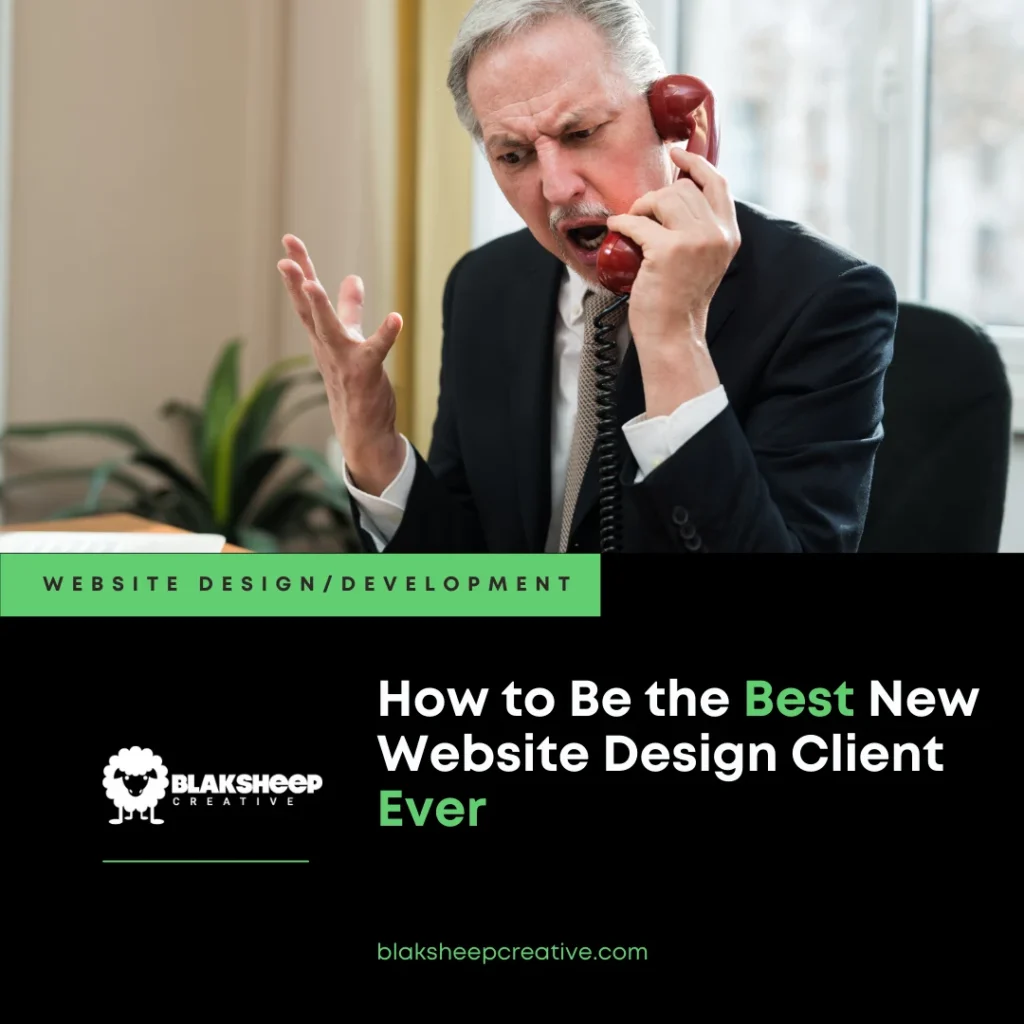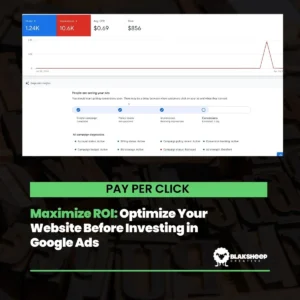Creating a new website for your business is an exciting venture. However, it’s a collaborative process that requires active participation from you, the small business owner, and your website designer. Following these steps ensures a smooth process and a website that truly represents your business.
Understanding the Basics
Before you begin, it’s important to understand the fundamental components of a website. Each of these elements plays a crucial role in building a successful online presence:
Domain
A common pain point for new website owners is choosing a memorable and relevant domain name. Often, businesses pick complicated or unrelated names, making it hard for customers to find them online.
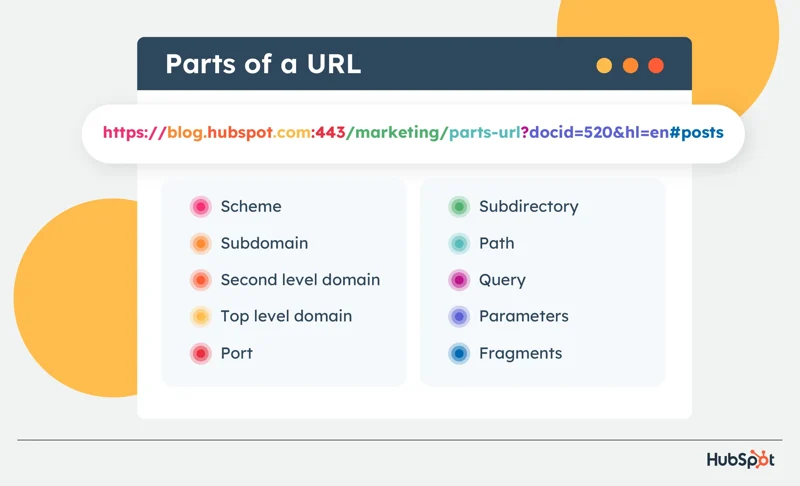
Image Source: Hubspot
Your domain is your website’s online address (e.g., yourbusiness.com). It should be easy to remember, relevant to your business, and ideally include your business name or key products/services. For example, if you run a bakery called “Sweet Treats,” a domain like sweettreatsbakery.com is both clear and memorable. On the other hand, a domain like ilovebaking.com might be too generic and not specific enough to your business, making it harder for customers to find you.
Hosting
One of the biggest frustrations is dealing with slow or unreliable hosting services. A poor hosting service can lead to slow load times and frequent downtime, deterring visitors from staying on your site.
Hosting is the service that stores your website’s files and makes them accessible online. A reliable hosting service is essential for your website’s performance, ensuring it loads quickly and remains online without interruptions. Opt for hosting providers with good reviews and robust customer support. For instance, providers like SiteGround or Bluehost are known for their reliability and support.
Design
Many business owners struggle with designs that don’t reflect their brand or effectively engage their audience. A poorly designed website can turn potential customers away.
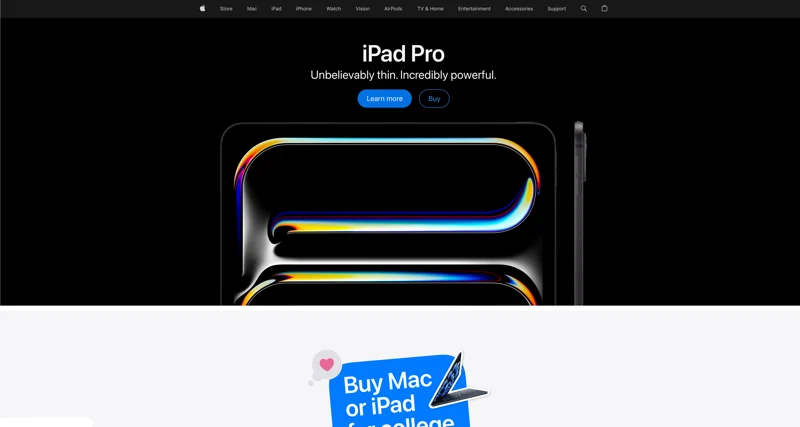
The design encompasses the visual appearance and layout of your website. It should be attractive, user-friendly, and reflective of your brand’s identity. A good design not only grabs attention but also enhances user experience, making it easier for customers to navigate your site and find what they need. Think about brands like Apple—their website design is clean and intuitive and mirrors their emphasis on innovation and simplicity.
Setting Goals
Clearly defining the purpose and goals of your website is crucial. These goals will guide the design and development process, ensuring the final product meets your needs:
Target Audience
A common mistake is not fully understanding who your website is for. Without this knowledge, your website might not appeal to the right people.

Determine your target audience. Understanding your audience’s demographics, preferences, and behaviors will help you tailor your website’s design and content to their needs. For example, if your target audience is young, tech-savvy individuals, your site should be modern, mobile-friendly, and interactive.
Key Functionalities
Many businesses launch websites without the necessary functionalities, creating a subpar user experience.
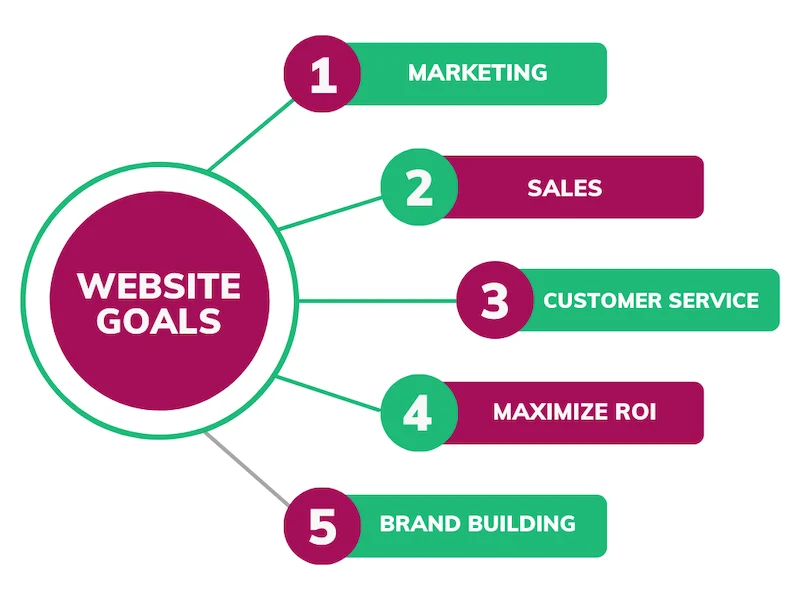
Identify the key functionalities you need on your website (e.g., e-commerce, blog, contact form). These functionalities should align with your business objectives and provide value to your visitors. For instance, if you run an online store, features like a shopping cart, product reviews, and secure payment options are essential.
Desired Achievements
Vague or undefined goals can result in a website that doesn’t meet your business needs.
Specifically, outline your website’s goals (e.g., lead generation, brand awareness, online sales). Clear objectives will help you measure its success post-launch. For example, a goal could be to increase online sales by 20% within six months.
For a more effective and professional approach to website design, it’s important to optimize every aspect of your site, including how you encourage users to take action. Instead of using generic phrases like “Click Here,” consider more engaging and relevant call-to-actions. Learn more about how to improve your website’s effectiveness by exploring our article “Enhance Your Website’s Success: Say Goodbye to ‘Click Here’.”
Researching and Providing Inspiration
Take some time to browse the web and collect examples of websites you like. Noting specific features and elements that stand out will help guide your designer:
Example Websites
A frequent challenge is articulating your vision to the designer. Without concrete examples, this can be difficult.
Collect examples of websites that resonate with your vision. Focus on layout, color schemes, typography, and functionalities that you find appealing. For example, if you like the clean and minimalist design of websites like Squarespace, share this with your designer.
Standout Features
Often, clients struggle to pinpoint what specific elements they like or need in their design.
Identify and note specific features and elements you like. This could include navigation styles, content presentation, interactive elements, or other design aspects that attract you. For example, if you appreciate how a site uses video backgrounds, make a note of this to discuss with your designer.
Open Communication
Clear and frequent communication with your website designer is critical to a successful project. Open dialogue ensures that your vision aligns with the designer’s execution:

Sharing Your Vision
A significant issue is miscommunication, leading to a final product that doesn’t meet your expectations.
Communicate your vision, goals, and expectations from the start. This helps the designer understand your business and create a website that represents it well. Use detailed briefs and examples to convey your ideas effectively. For instance, if you envision a vibrant, colorful site that reflects your energetic brand, explain this thoroughly to your designer.
Regular Updates
Without regular updates, projects can go off track, leading to delays and additional costs.
Keep the communication lines open with regular updates and check-ins. This will keep everyone on the same page and allow for timely adjustments. Schedule weekly meetings to discuss progress and any needed changes.
Being Realistic
Understand that creating a quality website takes time. Setting realistic timelines and expectations with your designer is important to the project’s success:
Timelines and Expectations
Many clients underestimate the time required for quality web design, leading to frustration and rushed work.
Discuss realistic timelines with your designer, understanding that the design process has multiple phases. Avoid rushing the process to ensure the final product is of high quality. For example, give your designer ample time to create and refine the design, typically several weeks to a few months, depending on the complexity of the site.
Trust Us
Remember, your website designer is a professional with SEO and conversion optimization expertise. Trust their knowledge while sharing insights about your business and customers:
Trusting your designer’s expertise ensures your website is optimized for SEO and conversions. Learn more about why this trust is critical in our article, Website Owner: You Don’t Get to Have a Say.
Designer Expertise
Sometimes, clients micromanage, undermining the designer’s expertise and stifling creativity.
Rely on your designer’s expertise in creating optimized websites for search engines and conversions. Their skills are crucial for your website’s success. Trust them to make decisions that align with best practices in web design. For instance, if they recommend a particular layout for better SEO, consider their advice seriously.
Business Insights
Lack of insight sharing can result in a website that doesn’t fully represent your business or meet customer needs.
Share any insights you have about your business and customers. This information helps the designer to create a website that effectively serves your audience’s needs. For example, if your customers often ask specific questions, include a comprehensive FAQ section on your site.
Feedback and Revisions
Constructive feedback is essential during the design phase. Be specific about what you like and dislike, and work through design iterations collaboratively:
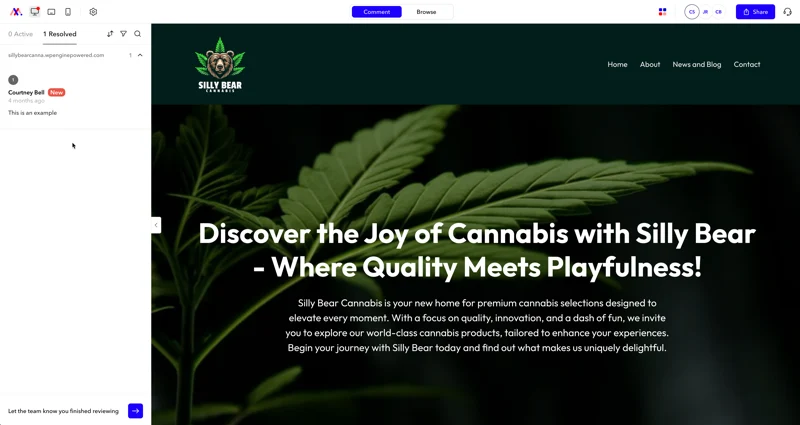
Specific Feedback
General or vague feedback can be unhelpful and slow down the design process.
Provide clear, actionable feedback. Specify exactly what you like or dislike about the design elements to help the designer make precise changes. For example, instead of saying, “I don’t like the color,” specify, “The shade of blue feels too dark; can we try a lighter shade that matches our brand logo?”
Design Iterations
Skipping iterations or pushing for premature finalization can compromise the quality of the design.
Collaborate on multiple design iterations until you achieve the desired outcome. Each iteration should bring you closer to the final product that meets your expectations. For instance, review mockups and prototypes carefully, providing detailed feedback at each stage.
Final Approval and Launch
When approving the final design, ensure it aligns with your business goals and customer needs. Prepare for the launch by finalizing any last-minute details and content:
Final Design Approval
Rushing to approve without thorough checks can lead to issues post-launch.
Thoroughly review the final design to ensure it meets your business needs and goals. This step is critical before proceeding to launch. Ensure all functionalities are tested, and content is reviewed for accuracy and completeness.
Launch Preparation
Poor preparation can lead to a rocky launch and initial user issues.
Prepare for the launch by finalizing any remaining details, including content checks and functional readiness. A smooth launch sets the stage for your website’s success. Prepare a launch plan that includes promotion, monitoring, and immediate support.
Conclusion
By being an engaged and informed website design client, you’ll make the process smoother and ensure you’re proud of the final product. Remember, a successful website results from a strong partnership between you and your designer.
Actionable Steps to Be the Best Website Design Client
Following these steps will position you as the best new website design client and help you achieve a website that truly reflects your business:
Define Your Goals
A lack of clear goals can lead to a website that doesn’t meet your business needs. Clearly outline your website’s purpose, target audience, and desired functionalities.
Gather Inspiration
Without inspiration, it’s hard to communicate what you want. Research and collect examples of websites you like, noting specific features and designs.
Communicate Openly
Poor communication can derail a project. Establish clear communication with your designer, sharing your vision and expectations.
Set Realistic Expectations
Unrealistic timelines can lead to rushed, lower-quality work. Understand the design process and set reasonable timelines.
Provide Constructive Feedback
Vague feedback can hinder progress. Offer timely and specific feedback during the design phase.
Trust Your Designer
Micromanaging can stifle creativity. Rely on your designer’s expertise in SEO and conversion optimization.
Be Proactive
Delays in responses can slow down the project. Respond promptly to inquiries and provide necessary content and approvals.
Participate in Testing
Skipping testing can lead to missed issues. Engage in the testing phase and provide feedback on functionality and design.
Approve with Confidence
Rushing approval can result in oversights. Ensure the final design meets your business goals and customer needs.
Stay Engaged Post-Launch
Neglecting post-launch performance can miss opportunities for improvement. Monitor your website’s performance and provide feedback for adjustments.
By following these steps, you can be the best new website design client and achieve a website that reflects your business. Ready to get started? Contact us today to begin your website design journey, or visit our website design and development services page to learn more.
